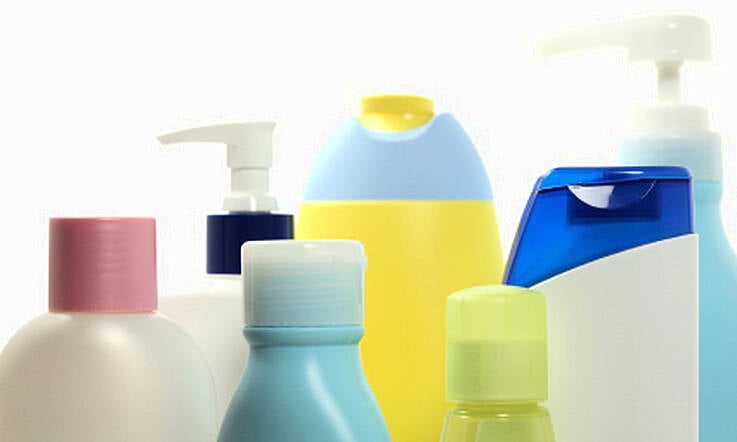What do Those Beauty Ingredients Actually Mean?

You know you're reading through the ingredients list on the back of a moisturiser and you're baffled by aqua this and poly-blabla that? And why do they all sound so horribly terrifying, too? ACID? I don't want acid in my face cream! Or - do I?
Well, most beauty companies use the chemical name on packaging, and the reality isn't half as scary as the wondering. For example, Ascorbic Acid is our good friend Vitamin C, and Salicylic Acid comes from the bark of a willow tree. It's great at reducing inflammation - which is why it's so often found in products like Tend Skin, which help to battle ingrown hairs post-wax or shaving. It's also the main ingredient in Asprin/Disprin, too. Keeping with the acids, one of skincare's best secret weapons is Hyalauronic acid. This wonder-molecule can hold many times its weight in water, so it's used in moisturisers due to its hydrating properties. You'll find it in many ranges, including L'Oreals Dermagenesis and Vichy's Aqualia - and that's a lot of the reason why they're so good at what they do.
Advertisement
You might also have noticed Oxybenzone - this is a common ingredient in sunscreens because it's able to absorb UVA rays (the ones that cause lines and wrinkles), meaning it's a good weapon in the anti-ageing battle. Tocopherol is a potent, high-grade form of Vitamin E, and the only form used in Liz Earle skincare, for example, because of its active properties. And of course we all know now that Retinol is a form of Vitamin A.
If you're puzzled about the names on your moisturiser, Google them. Do some research and arm yourself with information. If a result comes back that you don't like the sound of, then take steps to avoid it in future. I try to avoid products with Sodium Laureth / Laurel Sulphate when I can, as they're foaming agents known to cause skin irritations and dryness. And I'm partial to skincare that's fragranced naturally, with essential oils, as opposed to synthetic fragrances, too.